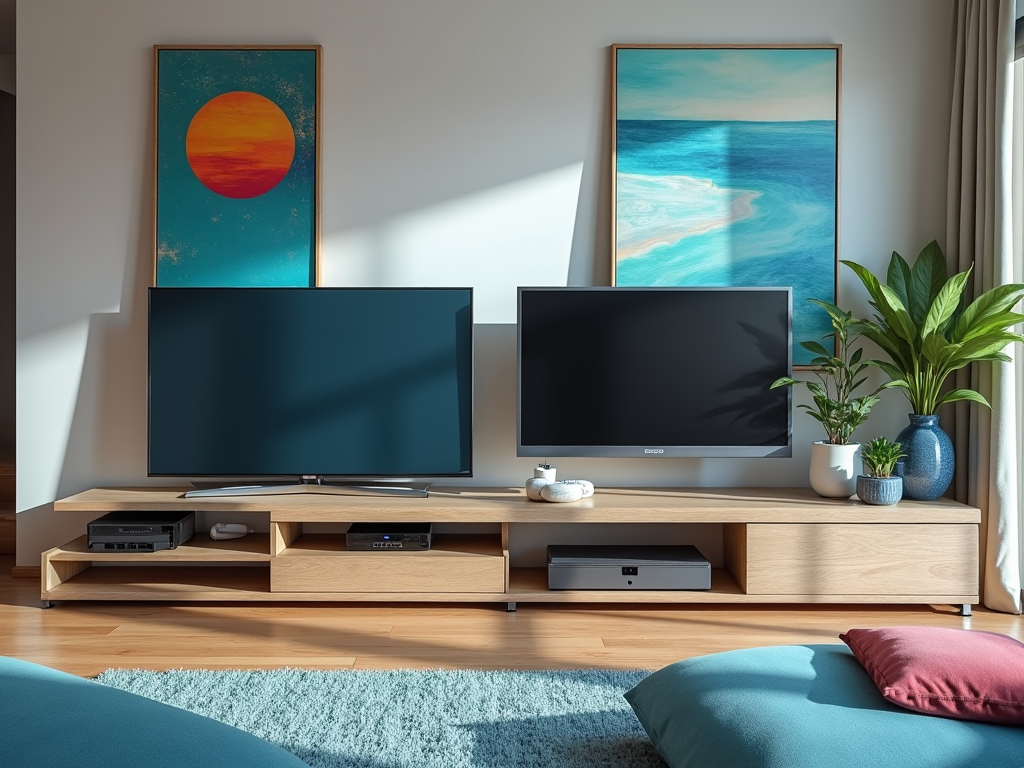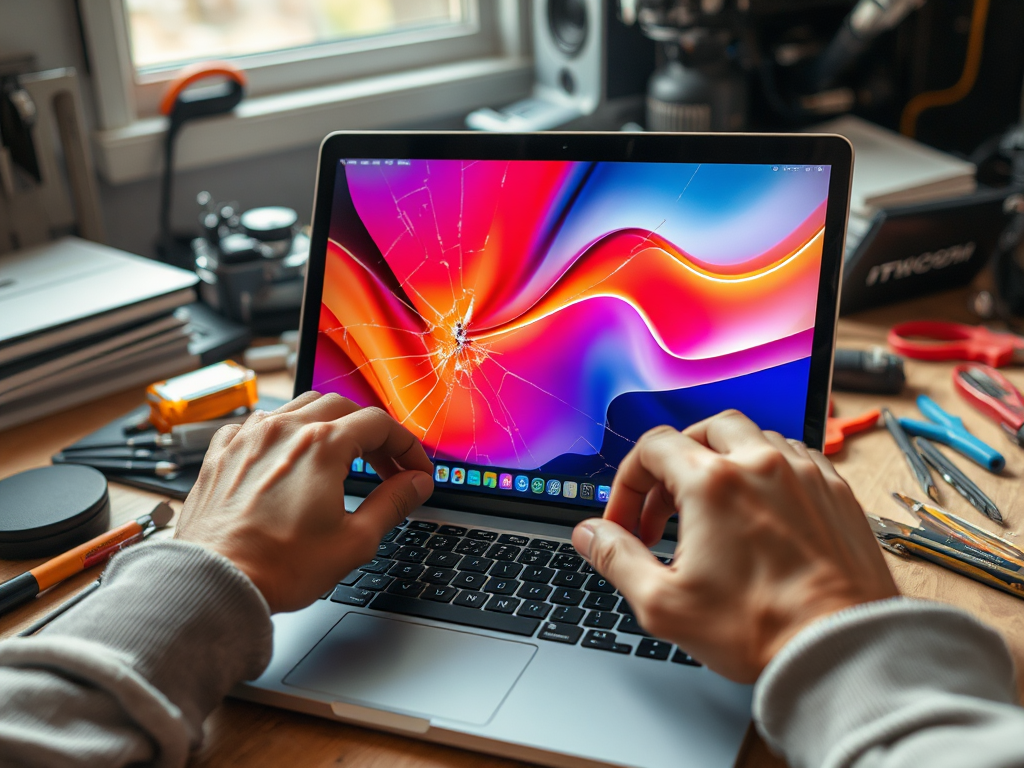The landscape of smart televisions and streaming devices is changing rapidly. As consumers increasingly seek seamless viewing experiences, two platforms have emerged as frontrunners: Google TV and Android TV. Both have their own unique features and capabilities that cater to different user preferences. Understanding the distinctions between Google TV and Android TV can be key to choosing the right entertainment ecosystem for your home. This article will explore what each platform offers, their main differences, and how to decide which one truly aligns with your viewing habits and preferences.
Google TV, built on the foundation of Android TV, enhances the user interface and experience significantly. It serves as a gateway, merging diverse content sources into one cohesive viewing platform. With its focus on user engagement and personalized recommendations, Google TV is designed to make content discovery effortless. On the other hand, Android TV offers a more versatile platform, providing access to myriad applications and capabilities that appeal to tech-savvy users. The interplay between these two platforms can be bewildering, but we’re here to clarify things.
Understanding Google TV

Google TV is not just another operating system; it’s a thoughtfully crafted user interface designed to enhance the home entertainment experience. It integrates various streaming platforms, making content discovery an intuitive and enjoyable process. With personalized recommendations tailored to your viewing history, Google TV takes content suggestion to a new level. The visual interface is modern and simple, allowing users of all ages to navigate easily. In an age where choice often becomes overwhelming, Google TV aims to simplify the decision-making process when selecting what to watch next. This user-centric approach makes it a compelling option for users who prioritize ease of use in their viewing experience.
- User-friendly interface focused on content discovery.
- Customizable homepage with recommended shows and movies.
- Seamless integration of multiple streaming services like Netflix and Disney+.
Understanding Android TV

Android TV serves as Google’s open-source operating system for televisions and streaming devices. Its strength lies in its versatility; it can be adapted for various hardware configurations and is widely supported by numerous manufacturers. Users enjoy access to a broad selection of applications and games through the Google Play Store, enabling a customizable entertainment experience. Unlike Google TV, which centralizes content, Android TV provides an app-centric interface that may appeal to users who prefer a more hands-on approach to their media consumption. In this way, users can curate their own experience by choosing from an extensive catalog of available apps.
- Wide compatibility across various smart TVs, streaming devices, and set-top boxes.
- Access to an extensive library of applications and games through the Google Play Store.
- Highly customizable home screens filled with widgets and shortcuts.
Comparative Analysis
To further clarify how these platforms differ, consider the following table that outlines key features side by side. This comparison allows potential users to quickly assess which platform may better suit their needs.
| Feature | Google TV | Android TV |
|---|---|---|
| User Interface | Content-centric | App-centric |
| Customization | Limited | Extensive |
| Compatibility | Select Devices | Wide Range |
In terms of user experience, Google TV emphasizes a modern, content-focused design that caters to those who prefer a streamlined interface. Android TV, in contrast, remains flexible, offering users the freedom to curate their own experiences through its wide-ranging app ecosystem. Additionally, Google TV benefits from regular updates tailored to enhance the viewing experience, keeping it at the forefront of technological advancements. Meanwhile, certain Android TV devices may not receive updates as frequently. These factors should be carefully weighed based on individual preferences and usage habits.
Conclusion
In conclusion, the choice between Google TV and Android TV should hinge on what you value most in your home entertainment experience. Google TV impresses with its modern interface and personalized recommendations, making it ideal for users who prioritize convenience and streamlined discovery. Alternatively, Android TV’s extensive app compatibility and customization options make it the perfect fit for more versatile users who want to tailor their viewing setup. By assessing the features and differences highlighted in this article, you can make an informed choice that enhances your viewing pleasure.
Frequently Asked Questions
- What devices support Google TV? Google TV is available on select devices like the Chromecast with Google TV and certain Sony and TCL smart TVs.
- Is Google TV an upgrade over Android TV? Google TV is essentially an upgrade in terms of user interface and content discovery, but it runs on Android TV’s operating system.
- Can I download apps on Google TV? Yes, Google TV allows users to download apps from the Google Play Store, just like Android TV.
- Are there any exclusive features in Android TV? Android TV might offer features specific to certain manufacturers, such as custom interfaces and additional functionalities not available on Google TV.
- Is one platform better for gaming? Both platforms support gaming through the Google Play Store, although the performance may vary based on the specific hardware used.









